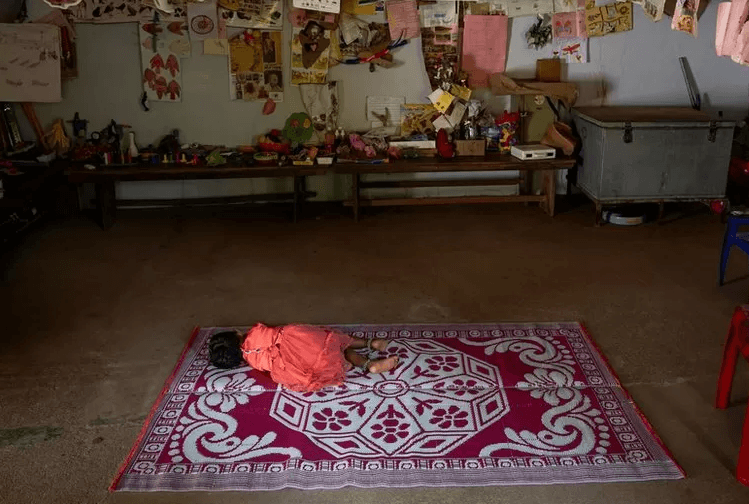March 27th 2023
A crisis of population in parts of China where fertility has fallen below replacement levels
by BBC

For years, schools in a drowsy town in Kerala have been facing an unusual problem: students are scarce and teachers have to go out looking for them. They also have to pay from their pockets to bring students to the school.
A 150-year-old government upper primary school - which educates students up to the age of 14 - in Kumbanad has 50 students on its rolls, down from about 700 until the late 1980s. Most of them are from poor and underprivileged families who live at the edge of the town. With only seven students, grade seven is the largest class. In 2016, the class had only one student.
Getting enough students to the school is a challenge. Each of its eight teachers fork out 2,800 rupees ($34; £28) every month to pay for auto rickshaws (tuk-tuks) ferrying students from home to school and back. They also go door-to-door looking for pupils. Even the few private schools in the area are sending out teachers to look for students - the biggest one has barely 70 students.
On a muggy afternoon recently at the upper primary school, you could barely hear the hum of lessons and hubbub of squeals that form the soundscape of a busy schoolhouse. Instead, teachers taught a few children in dark, quiet classrooms. Outside, in the sun-baked courtyard ringing the building, a few students wandered around desultorily.
"What can we do? There are no children in this town. I mean, there are barely any people living here," said Jayadevi R, the principal, wryly.
She is right. Kumbanad lies at the heart of Kerala's Pathanamthitta district where the population is declining and ageing. This in a country where 47% of people are below the age of 25; and two-thirds were born after India liberalised its economy in the early 1990s.
Kumbanad and half-a-dozen verdant villages around it are home to some 25,000 people. Some 15% of the 11,118 homes here are locked up because the owners have migrated or live with their children abroad, says Asha CJ, the local village council chief. There are 20 schools, but very few students.
One hospital, a state-run clinic, more than 30 diagnostic centres and three old-age homes are pointers to its greying population. More than two dozen banks - including eight branches within less than half a kilometre - vie for remittances from townspeople who live and work all over the world. Around 10% of the $100bn in remittances that India mopped up from Indians living abroad last year came to Kerala.
Kerala - along with neighbouring Tamil Nadu - is some sort of an outlier in teeming India: the decadal rise in population here between 2001 and 2011 - when the last census was conducted - was lowest (4.9%) among states. A new-born in Kerala can expect to live for 75 years against the national average of 69.
Fertility rates in the state have dipped below replacement levels - 1.7 to 1.9 births per woman - for at least 30 years now. Smaller families ensure that children are educated well. This leads to the young migrating quickly within and outside the country for opportunities, leaving their parents at home.
"Education makes children aspire for better jobs and lives, and they migrate," said Prof KS James of the Mumbai-based International Institute for Population Sciences.
"Their native places are then populated by their elderly parents, many of them living alone."
Behind the tall metal security gates of her two-storey red tiled home in Kumbaud, Annamma Jacob, 74, has been living alone for as long as she can remember.
Her husband, a mechanical engineer with a state-owned oil company, passed away in the early 1980s. Her 50-year-old son has been living and working in Abu Dhabi for more than two decades. A daughter lives a few miles away, but her husband has been working as a software engineer in Dubai for three decades.

TO RECEIVE NEWS NOTIFICATIONS VIA WHATS APP PLEASE SAVE OUR NUMBER AND SEND US A MESSAGE AT 7584896261 AND WE WILL ADD YOU TO OUR LIST








